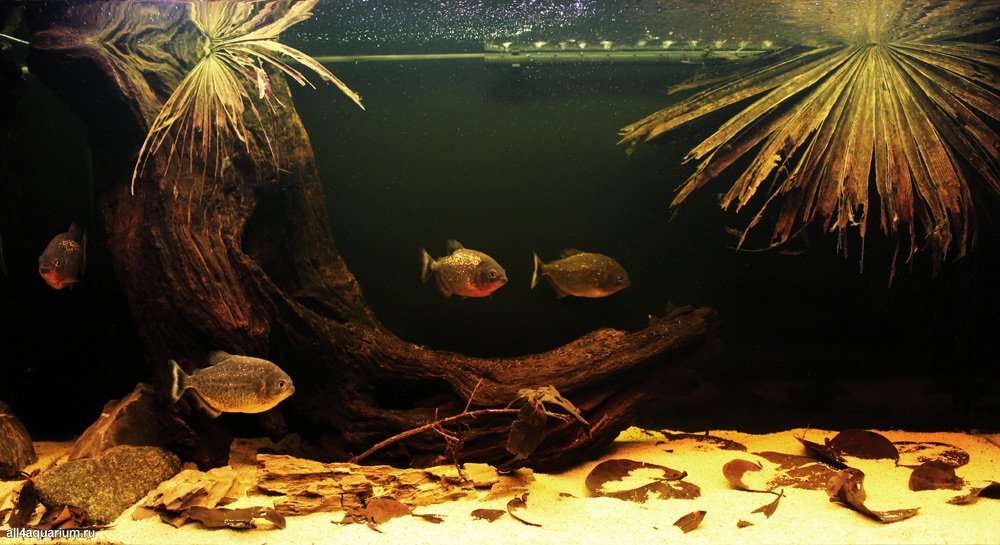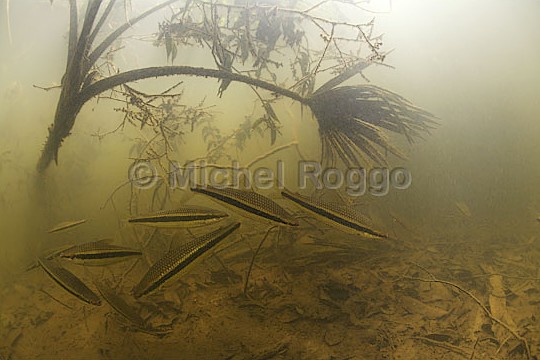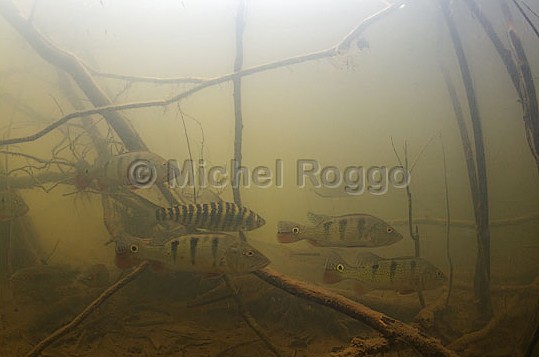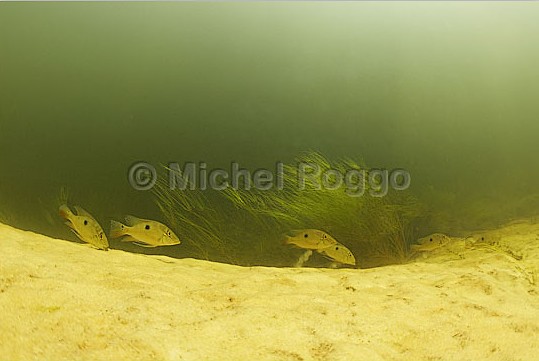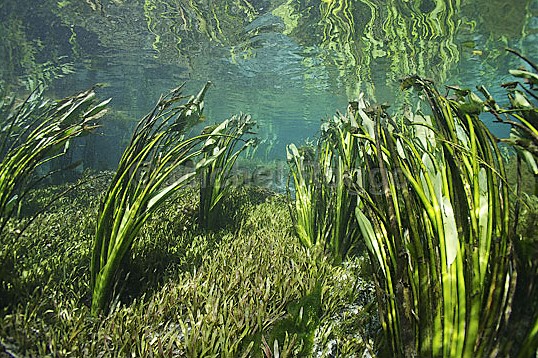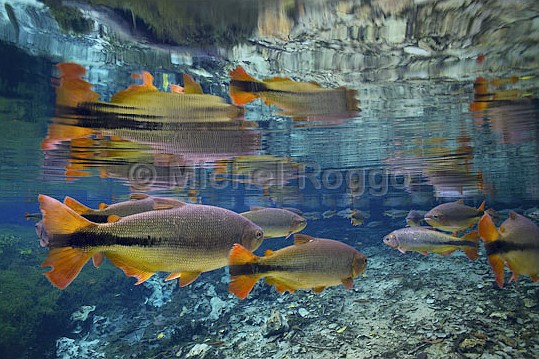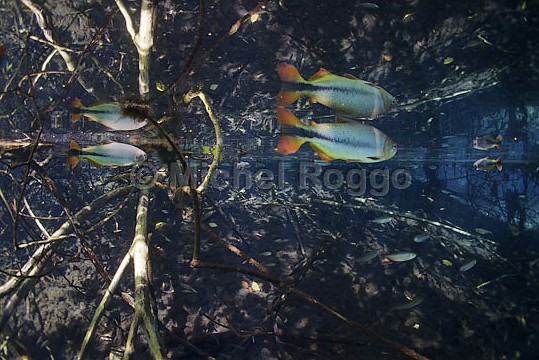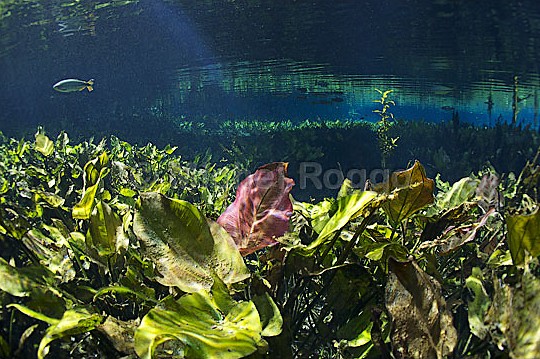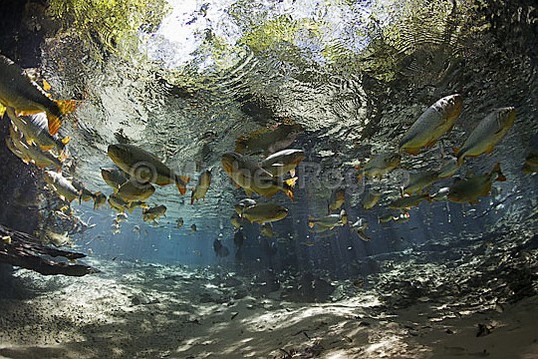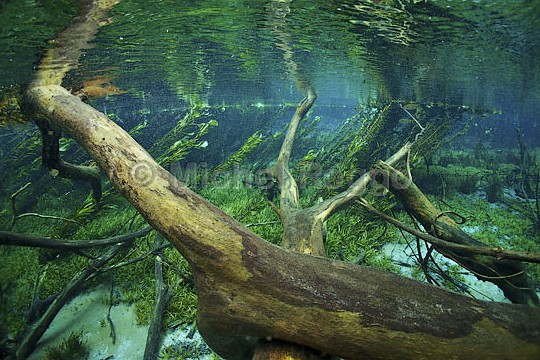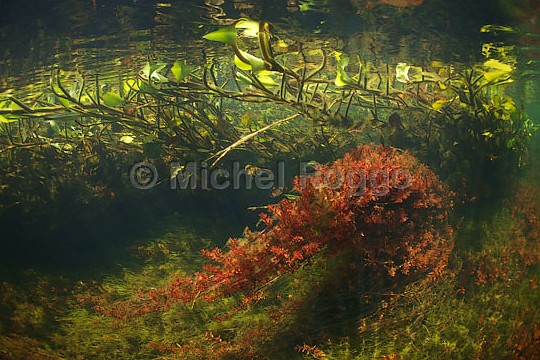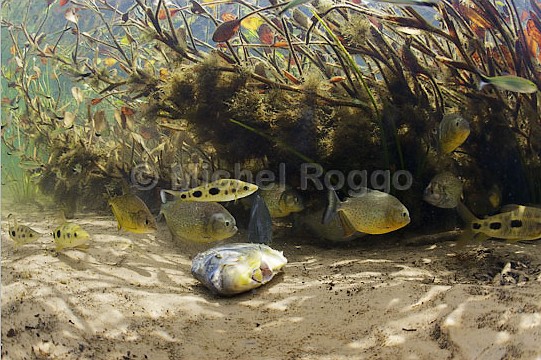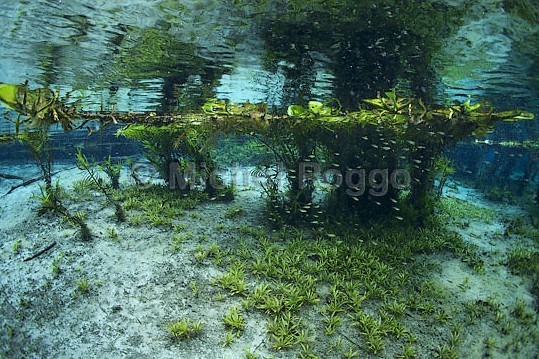The Amazon and its tributaries can be divided into five different types of water streams, which differ in terms of water color, ecological properties, and resident organisms. Besides these types, there's a large number of rivers, streams and tributaries with mixed features, which cannot be clearly classified. The first scientific classification of Amazonian waters was developed in 1950 by Sioli, who used the following parameters to categorize the hydrological features of these waters: water color, transparency, pH, and electrical conductivity. This way he distinguished white (whitewater), black (blackwater), and clear streams (clearwater). These types are the reference for aquarists from around the world creating aquariums of South American biotopes.
